Описание
Data Sheet
– 1/2″~2″ (DN15~DN50)
– W.P.:200WOG (PN16)
– W.T.:425°C
– Investment casting
– Rising stem
– Thread end: ASME B1.20.1 (NPT),
DIN 259 / DIN 2999, BS 21, ISO 288-1, ISO 7-1
– Socket weld end: ASME B16.11
Here is a brief overview of the threaded globe valve:
Threaded Connection: Threaded globe valves utilize internal or external threads for connection. Common thread types include NPT (National Pipe Thread) and BSPT (British Standard Pipe Taper). This connection method makes threaded globe valves suitable for threaded pipeline systems, facilitating installation and dismantling.
Structure: Threaded globe valves consist of a valve body, valve seat, disc (valve plug), and stem. The stem controls the up and down movement of the disc through rotation, thereby regulating the flow of fluid.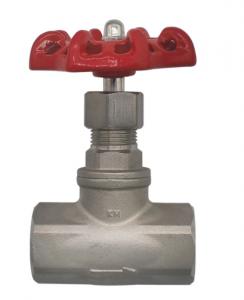
Sealing Performance: Threaded globe valves typically employ a metal-to-metal or metal-to-soft-sealing material structure, providing reliable sealing performance to prevent fluid leakage.
Pressure Loss: When a globe valve is fully open, it creates a significant resistance zone inside the valve, resulting in pressure loss. This can impact the overall efficiency of the system and may require larger pumps or increased energy consumption to compensate for the pressure loss.
Flow Restriction: Compared to other types of valves, such as control valves, globe valves have limited flow control capabilities. While flow can be controlled by partially opening the valve, the performance of globe valves may not be as precise as specially designed control valves when more accurate flow control is required.
Pressure Leakage: The sealing of a globe valve is achieved through the contact between the valve disc and the valve seat. Prolonged use or corrosion of the medium can cause wear on the seat and disc, leading to leakage. While this can be addressed by replacing the sealing materials or conducting maintenance, regular inspection and maintenance of the valve are still required to ensure sealing performance. 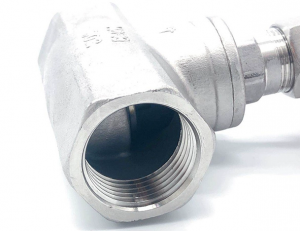
Higher Operating Force Requirement: Due to the design characteristics of globe valves, operating the valve disc requires a certain amount of force. For large diameter or high-pressure globe valves, significant operating force may be required, necessitating the use of auxiliary tools or mechanical equipment during manual operation.
Structure: Threaded globe valves typically consist of a valve body, valve bonnet, valve disc (also known as the valve plug), and valve stem. The valve body features internal or external threads for threaded connection to the pipeline system. The valve bonnet is connected to the valve body using bolts or threads. The valve stem is connected to the valve disc through the valve bonnet, allowing the valve disc to move up and down through the rotation of the valve stem.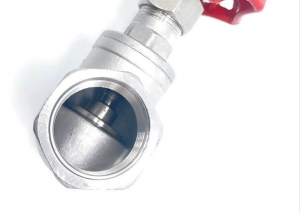
Valve Disc and Seat: The valve disc of a threaded globe valve is typically spherical or conical in shape, fitting snugly against the valve seat to achieve a seal. The valve seat is commonly designed with a metal-to-metal or metal-to-soft-sealing material structure.
Operating Method: Threaded globe valves can be manually operated or controlled remotely using electric, pneumatic, or other automatic control devices. Manual operation typically involves rotating the valve stem to control the up and down movement of the valve disc.

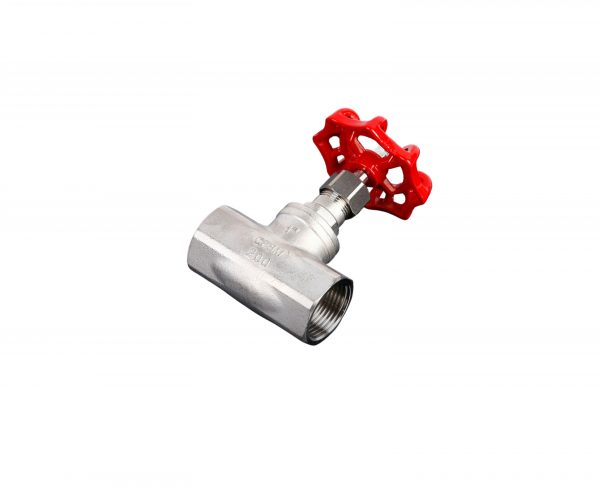
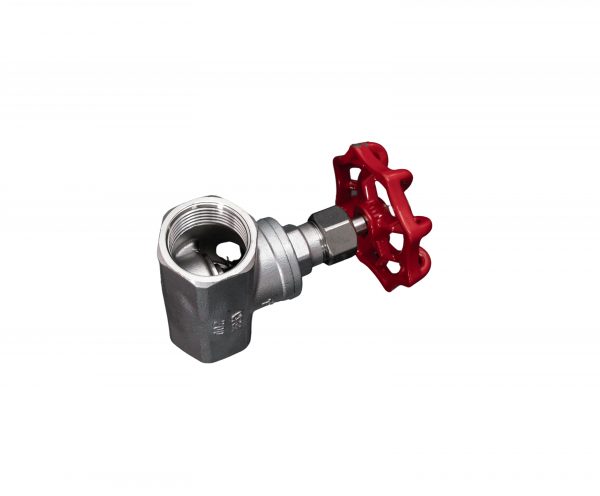
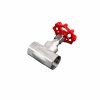
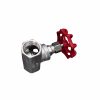
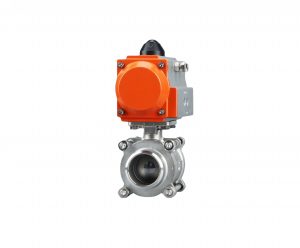
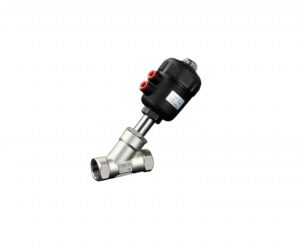
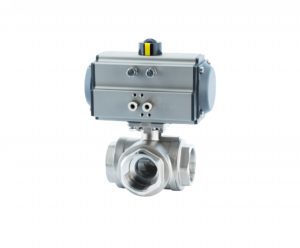
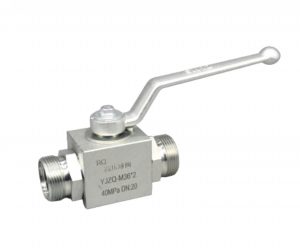
Отзывы
Отзывов пока нет.